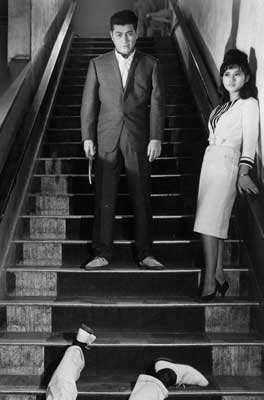Pale Flower DVD

Director: Masahiro Shinoda
Writer: Masahiro Shinoda and Ataru Baba (screenplay), Shintaro Ishihara (original story)
Cinematographer: Masao Kosugi
Stars: Ryo Ikebe, Mariko Kaga, Takashi Rujiki, Naoki Sugiura
Studio/Running Time: Criterion, 96 min.
-

-

-

-

-

-

-

-

-

-

-

-

-

-

-

-

-

-

-

-

-

-

-

-

-

-

-

-

-

-

-

-

-

-

-

-

-

-

-

-








































